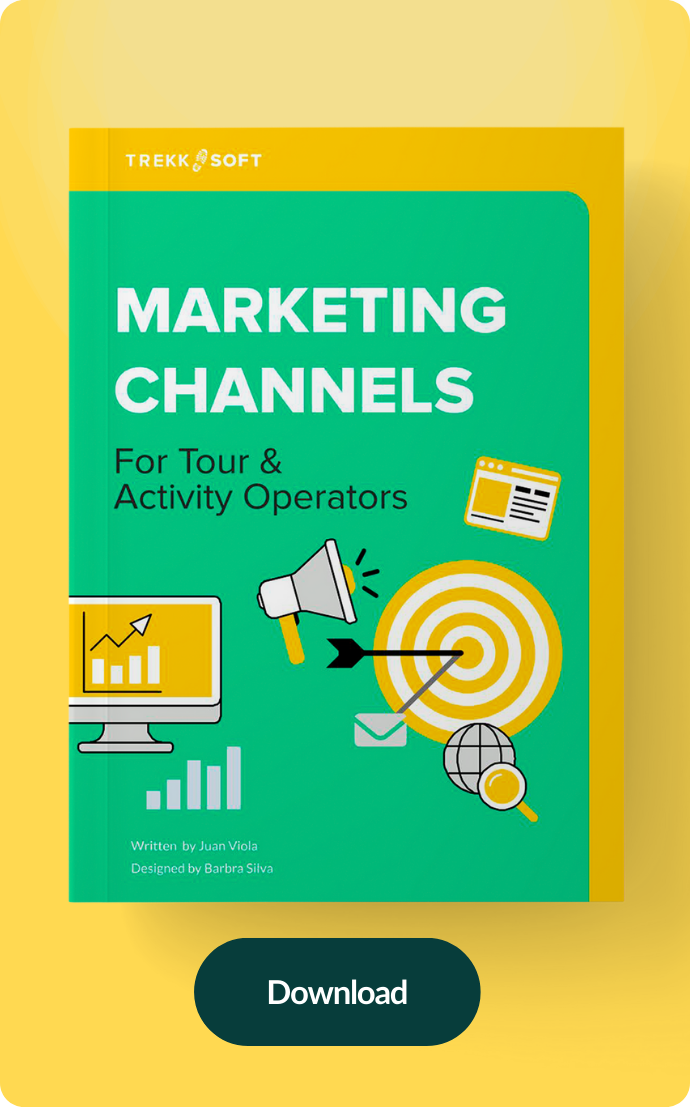In this era of websites like TripAdvisor, Itineree, Skyscanner and AirBnB, it seems that tourism has become a digital sphere. People can now book airfare, hotels, excursions, meals and transportation online months before their vacation, making the role of print marketing feel archaic.
However, in terms of one staple travel material—the brochure—that is hardly the case, according to Travel Weekly:
“Rather than fade into obscurity as agents and consumers move to relying more on their mobile devices and web-based materials, paper brochures are in the midst of a renaissance. The current revival of the print brochure is being fuelled by demand from travellers ... as well as by the fact that travel companies have seriously upped their brochure game.”
The older demographic of customers often want print to earmark and scribble notes on. Millennial and younger travellers are on board too thanks to a shift toward analog. “We’re seeing that with the revived popularity of vinyl over digital streaming and books over e-readers. It’s all part of the nostalgia trend,” explains Adam Cooper, president of Contiki.
What’s more, 95 percent of travellers said their travel plans had been directly influenced by a brochure for a site or business they hadn’t known about before, according to a Bentley University study. Another 78 percent would change plans based on something they read about in a hotel or tourist office.
You’ll quickly find, however, that any old glossy brochure won’t do. What makes this content impactful is how it’s designed and where it’s displayed. Use these tips to make the most out of a medium that you’re customers are craving.
Tip 1: Choose a layout that’s vibrant but simplistic
The goal of a brochure is not to overstimulate the reader with unnecessary or excessive text. This distracts from the feeling you want them to get—of vacation, adventure or escape. Start with a minimalist approach that’s clean, basic and streamlined, but still has an impact with bold and intentional use of colour.
Take the example below from MyCreativeShop. They explain in, How to Make Your Brochure Design Stand Out: “The multicoloured text in ‘Mexico’ evokes the same vibrancy of the culture and landscape which is further mirrored by the images of street scenes and tropical panoramas. When used thoughtfully, colour captures an atmosphere and feeling which will stick in the mind of your potential customer.”
Tip 2: Write persuasive text
Your imagery needs to spark initial curiosity and the content needs to drive potential customers to act. The idea is to write strong copy that will excite the reader while showing them why you’re the best travel agency to work with. In the same brochure guide, MyCreativeShop recommends the following tips for your content:
- Lead with a dynamic, powerful headline that demands attention from the onset.
- Focus less on the mechanics of what your business offers and more on how these services will benefit the customers.
- Emphasise the “social proof” of your business with statistics, case studies or client testimonials.
- Write concisely. The goal is to provide relevant information using a limited amount of space.
- Feature a prominent call-to-action (CTA) on either the front or back cover, which tells the customers how you want them to respond and interact with your content. A well-scripted CTA can boost your conversion rates, so ensure that it’s noticeable, clear, pithy and actionable.
Tip 3: Stay on brand
A little personality goes a long way. You can (and should) still show your brand’s personality while keeping a minimalist look. Creative Bloq explains:
“As well as the words you use, the look and feel of your brochure needs to promote your company image and say something about your philosophy and outlook. Whether you're running a vibrant, dynamic new publishing venture or starting up a sleek and sophisticated wine bar, the images, colours and typescripts you choose need to be on brand and remain consistent throughout the brochure.”
To maintain brand consistency, start with your brand colours, font, look and feel, and then modify the design from there. At the end of the day, does your design ensure that customers who find your business on social media or browse your website recognise your brand, and ideally book with you?
Tip 4: Be strategic with brochure display
Even the most brilliantly designed brochure will not be effective if nobody sees it. Get your brochures in the hands of potential customers by placing them strategically throughout your shop, local neighbourhood and more.
Use these ideas from Displays Market to make sure potential customers see and interact with your brochures:
- Place them in various niches around your office, like the waiting room, reception counter and your personal desk.
- Ask complementary local businesses if you can place a stack of brochures in their establishment—then return the favour.
- Secure vendor booths at industry events like trade shows, conferences and networking functions and display the brochures at your table.
- Include a brochure with all forms of mail correspondence sent to customers or residents of the local community.
- Ask if you can leave brochures at the concierge desks of hotel lobbies in your area.
Read more: 4 types of accommodation providers you can partner with (and why)
Create Well-Designed Brochures—And Get Them to Customers
Don’t miss out on the ROI that a great brochure can yield. Be intentional about design and placement and your tour or activity company could be poised to attract the many travellers now craving this “analog” medium.
Want more from Jessica? Catch her webinar with us on social media marketing!
Header image was captured by Photo by Studio Media on Unsplash.




